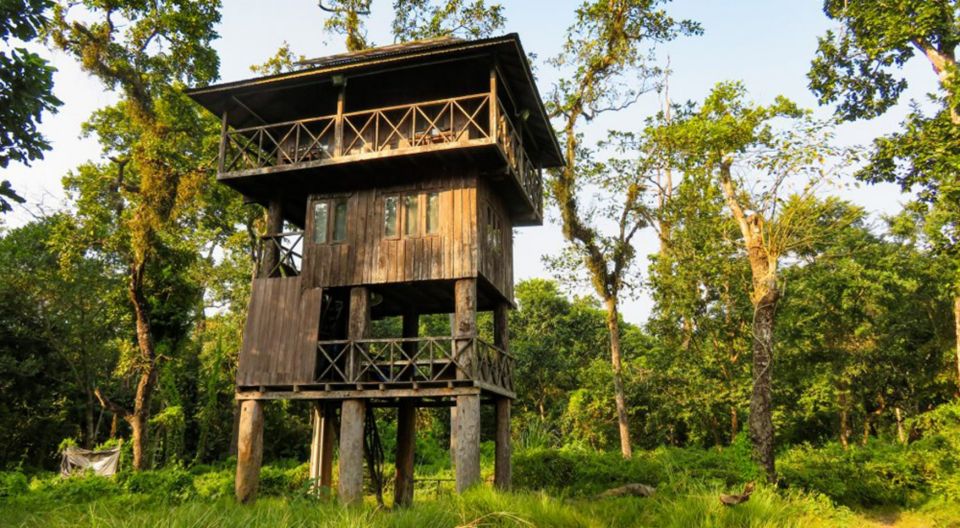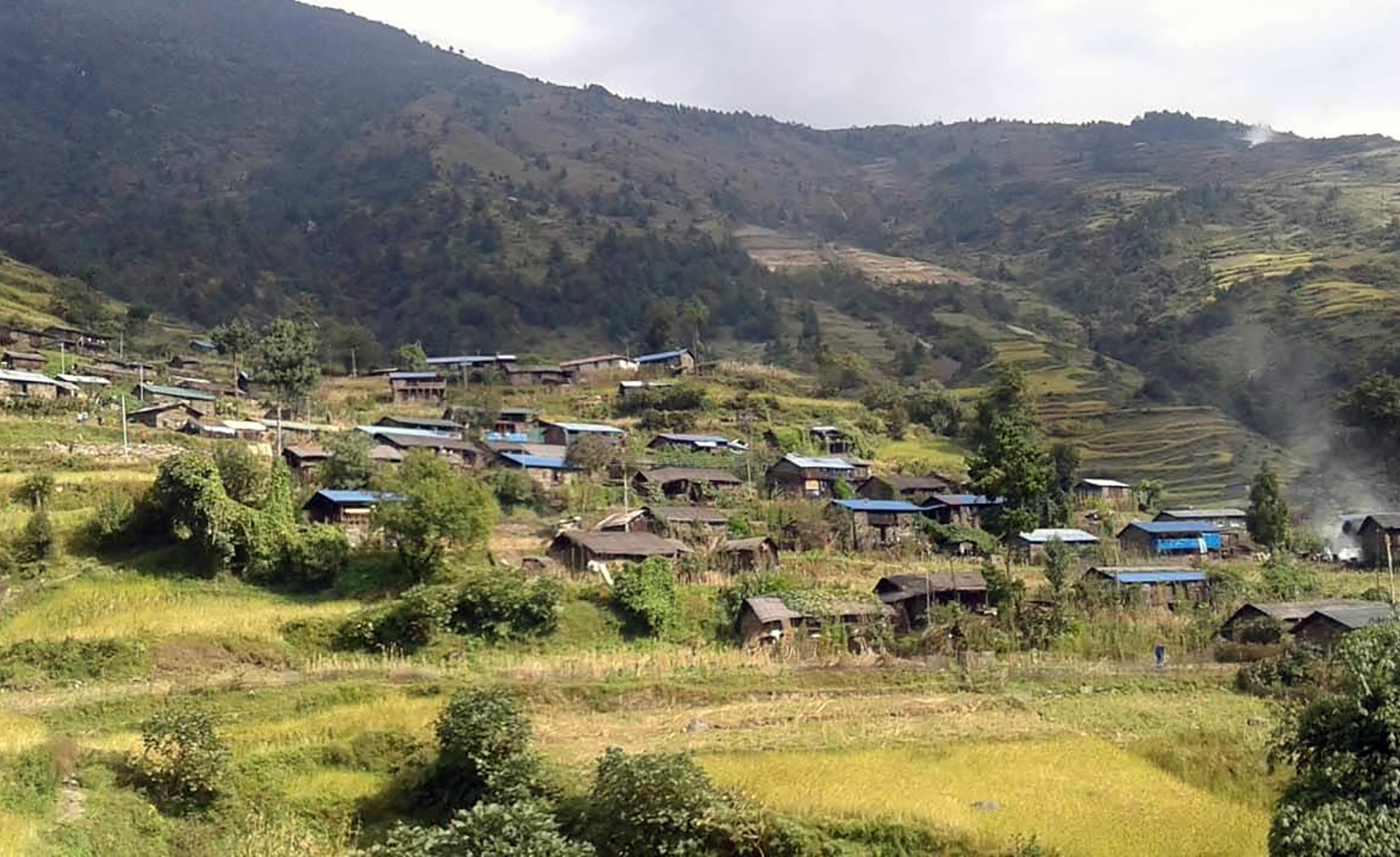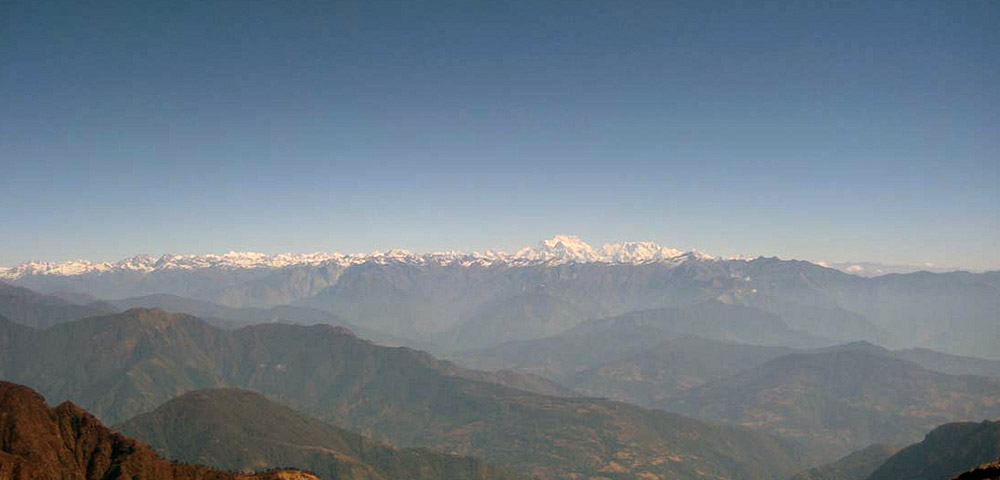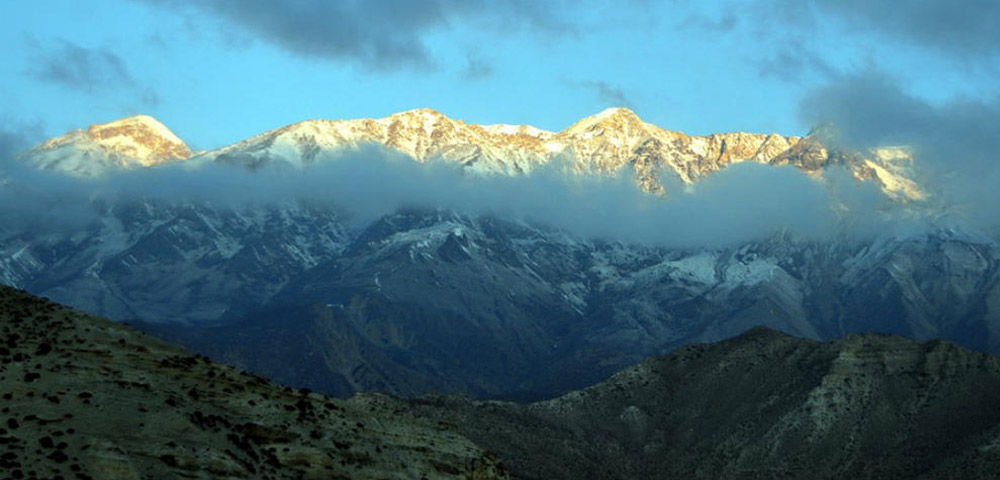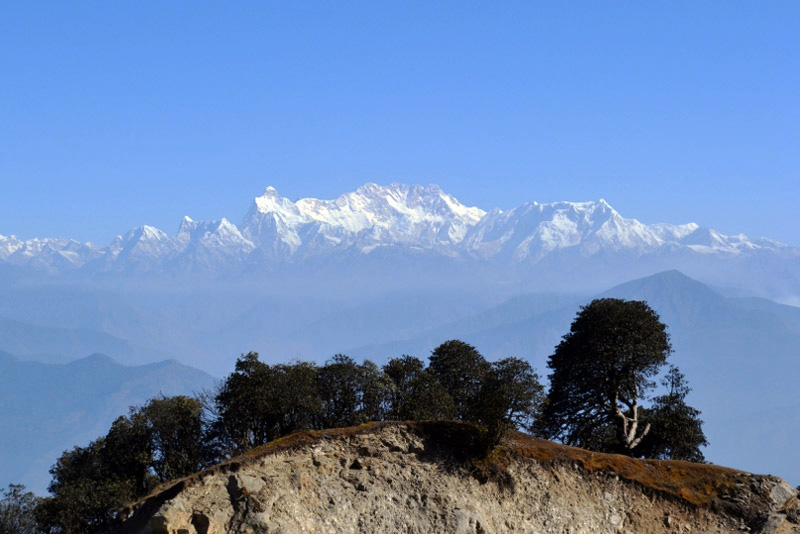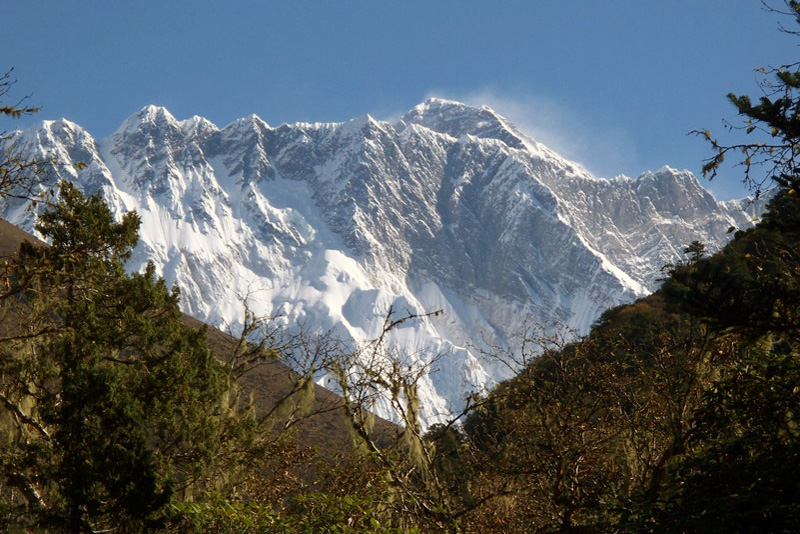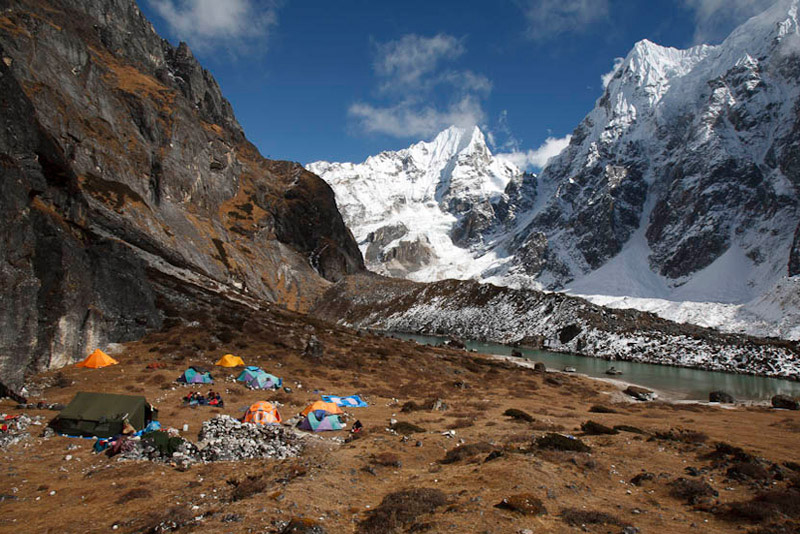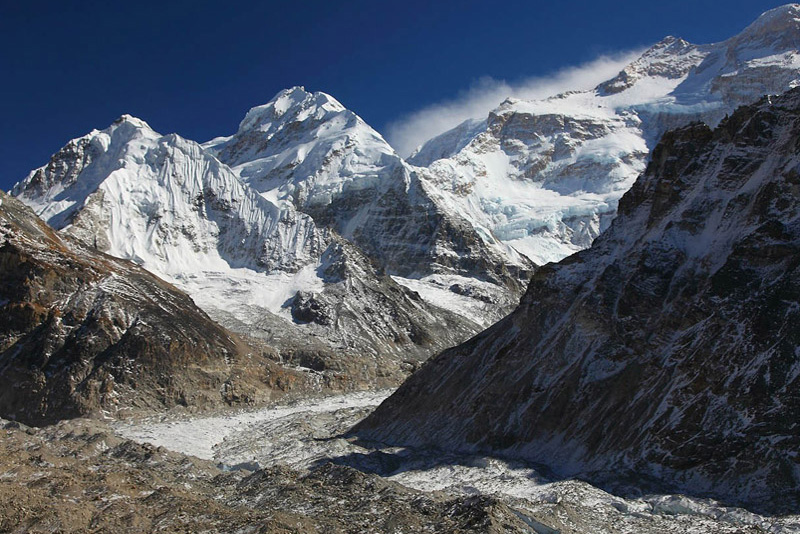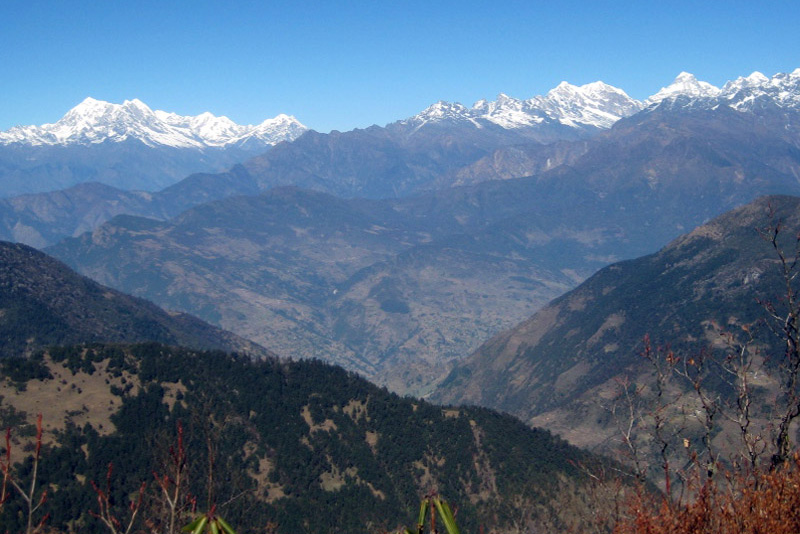Arun Valley Trek
The Arun Valley Trek follows the Arun River through the verdant Arun Valley in Makalu-Barun National Park, situated between Everest (Sagarmatha) and Makalu (8481m — the world’s fifth-highest peak). The source of the Arun River is the Tibet Autonomous Region. The trek provides breathtaking views of Mount Everest (Sagarmatha -8848m), Thamserku (6608m), Makalu (8481m), Ama Dablam (6880m), and Makalu-Barun National Park.
The Barun Valley is rich in beauty and contrasting features, such as huge waterfalls tumbling into deep gorges, lush green woods, terraced farmlands, rhododendron forests with pink and red flowers in bloom, and, of course, several snow-capped towering hills. There are an estimated more than 650 kinds of birds and more than 800 types of butterflies, as well as the critically endangered panda and the distinct ethnic groupings of Sherpa, Rai, and Limbu people.
The journey begins with either a flight to Biratnagar and a bus ride to Dharan and Dhankuta/Hille (the regional center of Dhankuta Bazaar) or a bus ride from Kathmandu. Another option is to fly to Tumlingtar, although there are less flights there. The Great Himalaya Cultural Trail is another name for this expedition.
The trail crosses numerous high passes before connecting with the main Classic Everest Trail near Karte at Pangom (2948m).
Arun Valley Trek Highlights
The Arun Valley Trek is a relatively lesser-known trekking route in Nepal, offering a unique and diverse experience for trekkers. Here are some of the highlights of the Arun Valley Trek.
Scenic Beauty: The Arun Valley is renowned for its breathtaking natural beauty. You’ll be surrounded by lush forests, terraced fields, cascading waterfalls, and stunning views of the Himalayan peaks.
Less Crowded: Unlike more popular trekking routes in Nepal like the Everest Base Camp or Annapurna Circuit, the Arun Valley Trek is less crowded. This provides a quieter and more serene trekking experience, allowing you to connect more intimately with the local culture and nature.
Cultural Diversity: The trek takes you through various ethnic villages inhabited by Sherpas, Rai, Limbu, and other ethnic groups. This offers a unique opportunity to experience their traditional lifestyles, practices, and cuisines.
Varied Terrain: The trek encompasses a wide range of landscapes and terrains. You’ll pass through lush lowland forests, terraced fields, remote villages, river valleys, and high alpine areas. This diversity adds to the trek’s appeal and challenges.
Biodiversity: The Arun Valley is rich in biodiversity. As you trek through different ecological zones, you’ll encounter various species of plants, animals, and birds. It’s a great opportunity for nature enthusiasts and birdwatchers.
Stunning Panoramic Views: While the trek doesn’t lead you to the highest peaks, you’ll still get breathtaking panoramic views of some prominent Himalayan ranges, including Makalu (the fifth highest mountain in the world) and Everest.
Hidden Gems: The Arun Valley Trek is known for hidden gems such as the remote Barun Valley and the Makalu Base Camp. These areas offer pristine wilderness and a sense of adventure.
Interaction with Locals: Since the trek is less crowded, you’ll have more opportunities to interact with the locals. This can provide insights into their daily lives, cultures, and traditions.
Off the Beaten Path: If you’re looking for an off-the-beaten-path trekking experience, the Arun Valley Trek is an excellent choice. You’ll be away from the hustle and bustle of more popular routes.
Adventure and Solitude: The Arun Valley Trek is suitable for trekkers who seek a sense of adventure and solitude. It’s a chance to disconnect from the modern world and immerse yourself in the raw beauty of nature.
Remember that trekking in Nepal requires adequate preparation, permits, and a certain level of physical fitness. It’s advisable to go through a reputable trekking agency and take necessary precautions to ensure a safe and enjoyable experience.
The Best time for Arun Valley Trek
The best time for the Arun Valley Trek in Nepal is during the pre-monsoon (spring) and post-monsoon (autumn) seasons. These periods offer the most favorable weather and trekking conditions. Here are the details of these two main trekking seasons.
Spring (Pre-Monsoon): March to May
Spring is one of the most popular times for trekking in Nepal, including the Arun Valley Trek. The weather is relatively stable, with clear skies, mild temperatures, and blooming rhododendron forests. The views of the Himalayan peaks are generally excellent during this season. The temperatures gradually warm up as you move into May, making it a pleasant time for trekking.
Autumn (Post-Monsoon): September to November
Autumn is another prime trekking season in Nepal and is considered the best time for the Arun Valley Trek. The weather is clear, with dry conditions and excellent visibility of the mountains. The temperatures are moderate, neither too hot nor too cold, making it comfortable for trekking. The post-monsoon period brings lush vegetation and vibrant landscapes after the monsoon rains, enhancing the overall trekking experience.
During these seasons, the Arun Valley Trek offers the best combination of pleasant weather, clear mountain views, and vibrant natural surroundings. It’s important to note that while these are the primary trekking seasons, trekking can still be undertaken in other months as well. However, the winter months (December to February) can be quite cold at higher altitudes, and the monsoon season (June to August) can bring heavy rainfall and difficult trail conditions.
On your arrival at the Kathmandu airport one of our airport representatives will receive you and transfer you to the chosen hotel. After hotel check-in, you will be free for your own activities such as a taking shower or relaxation at the hotel. After that there will be short pre-trip meeting where we introduce you with your guide , porter and brief about the trip.
The fastest way to reach Tumlingtar is via plane, which takes less than an hour. The issue is that flights are inconsistent. Alternately, one can fly to Biratnagar and then proceed by bus and jeep. There are numerous accommodation options in Tumlingtar.
The trail begins with a brief drop to the valley level and then follows Arun River Valley for the most of the day. Giddhe is one of the initial villages we encounter before reaching Satighat. Most locals choose to live above the valley because it is cooler and less uncomfortable than living in the valley, which has no breeze. Tonight, we will be staying at Chiyabesi (280m).
The trail continues through the scalding hot Arun Valley before ascending to the west, reaching Kkattige (500m) and ascending through Majhuwa (Mardana) into the Irkhuwa Khola valley (river). The track follows a path above the river and passes past Chalise Village before arriving in Tabular, where we will spend the night.
Today, we trek down the Pikhuwa Khola (river) and make our way to Gothe Bazaar. Then, we cross the Benkhuwa and proceed to Negdaha and Dobhane, where we spend the night.
The trail today follows the more well-known Great Himalaya Cultural Trail till reaching Donghae and finally Tendo (1475m). We will spend the night at Salpa Phedi (1565), directly below Salpa Bhanjyang Pass.
As we ascend higher toward Guranse, the trail is more difficult today. The initial three hours are extremely steep, and we pass through rhododendron, oak, and bamboo forests en route to Guranse, where we spend the night.
At the entrance to Salpa Pass (3360m), a big chorten indicates that we are entering the Tibetan Buddhist region of the hike. As we drop very swiftly through steep terrain, we will pass through a forest inhabited by a variety of birds, black bears, and probably even red pandas. The path continues via Dhaka (2,676 m) to Sanam, where we will spend the night.
Ascents and descents throughout the day will make today physically tough. After descending through the jungle to reach Bung after initially descending to the Hongu Khola, we will pass the Rai settlement of Guidel (1968m) en route (river). This is a formidable obstacle before we reach Bung, a Rai village where we spend the night.
Following the trail to Khiraule (2400m) for around 3 to 4 hours, today’s hike is less physically challenging. There is a well-known monastery in this area. We ascend from here to Surkhe (3085m). On the route before we reach Gaikharka, where we spend the night, there are breathtaking vistas gazing up the Inkhu Khola Valley.
The trail dips to the Inkhu Khola (river) today before ascending quite steeply to Sibu (3942m). The trail then descends to Pangom, where Hillary school is located, and where we will spend the night.
Today, we rejoin the Classic Everest route and go to Kharte (2,830 meters) before reaching Khari La (2,840 meters) for lunch. After lunch, we continue till we reach our goal for the day, Puiyan, where we will spend the night.
We will spend the night at our departure point in Lukla, which we will reach today. We will have ample time to explore, unwind, and take a hot shower at this location.
Our early morning flight will bring us to Kathmandu in around 30 minutes. During the trip, you will enjoy a bird’s-eye view of numerous towering peaks in the Himalayan Mountains. From the airport to the hotel, your guide will accompany you.
Today we will take you to the airport to catch your flight out of Nepal. Alternatively, if you’d like to stay longer, we may make additional travel arrangements to assist you continue your Nepal experience.
- All necessary ground transfers.
- All necessary accommodations as per the itinerary.
- Tea House accommodations during the trek.
- Daily breakfast, lunch and dinner during the trekking.
- All necessary paper works.
- All necessary trekking permits.
- Experienced and First Aid-trained trekking guide.
- Strong, helpful porters.
- Comprehensive medical supplies.
- Trekking map.
- Insurance of all local team.
- Warm clothing and trekking gear for staff.
- Sleeping bag and trip duffle bag.
- Trekking certificate issued by us.
- Welcome and farewell dinner in Kathmandu.
- Nepal Visa fee.
- International flights.
- All meals not mentioned in inclusions.
- Personal expenses not stipulated.
- Optional add-ons.
- Gratuities.
You might also like...
Top Add-on Trips
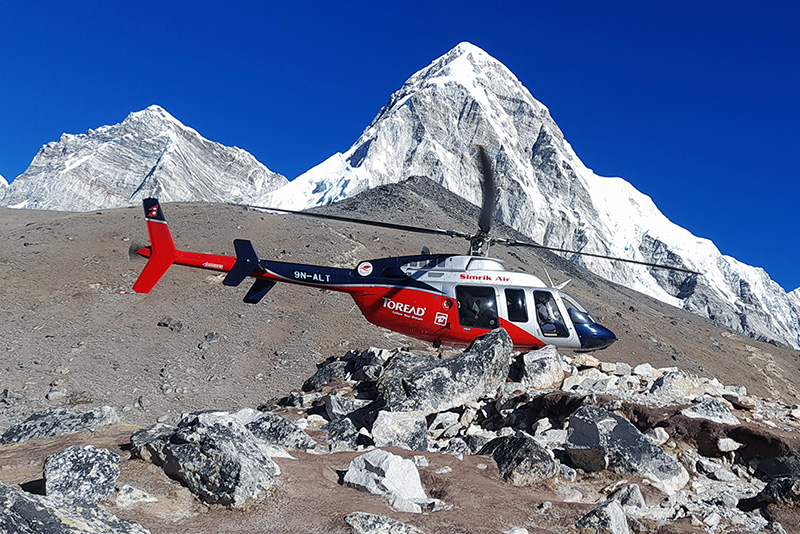
Everest Base Camp Helicopter Tour

Monastery Stay Tour
